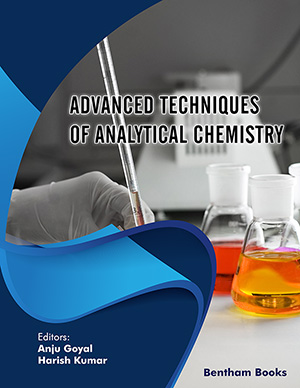Abstract
This method was first invented in the year 1858 and after the proper
research, this method was easy to be applied in synthetic dye industry. This method
was first used in the determination of dyes. The progression of reaction and the
mechanism concerned in this method was first predictable by scientist Peter Griess.
The major mechanism of this method is when the aromatic amine which is primary in
nature essentially starts a reaction with acidic environment consisting of sodium nitrite,
which is further changed into diazonium salt. A diazonium salt is fashioned which is
close with one other amine (phenol), and distorted into intense colored azo dye. The
basic principle concerned in this method is based on the amines which are primary
aromatic in nature, after that the sample reacts with sodium nitrite compound in the
occurrence of HCl hydrochloric acid to form a diazonium salt. The end point is
detected by the formation of the blue colour with starch iodide paper. Another method
for the detection of end point is by immersing the platinum electrodes in the resulting
solution and it is also detected by the dead-stop end point method. The different
titration method includes direct method, indirect method and other method used in
Diazotization technique. In the procedure, a potentiometer and electrode system were
used, and the deflection is observed. The temperature of the reaction was maintained at
0-5 °C. So, in this method we studied the basic principle involved, procedure, methods
of titration, and the appropriate applications of this technique.
Keywords: Absorbance, Applications, Azo dye, Determination of dyes, Diazonium ion, Diazotization method, Direct method, End point, External indicator, Indirect method, Nano technology, Nitrite, Peter Griess, Potentiometer, Principle, Procedure, Standard flask, Titration.






















